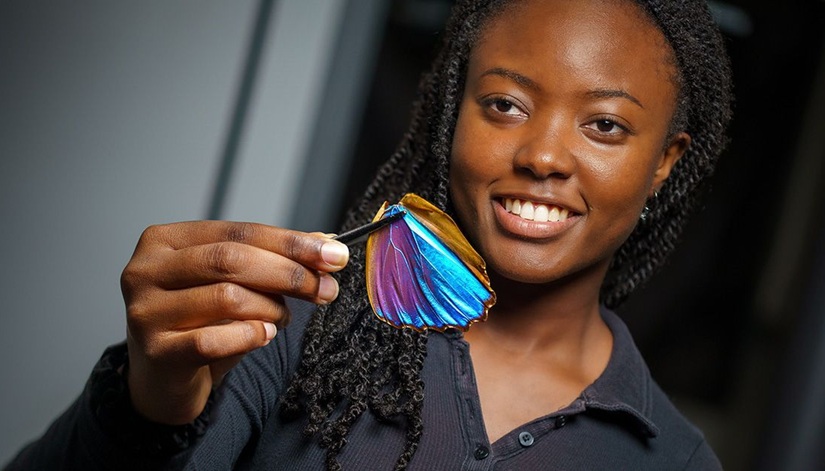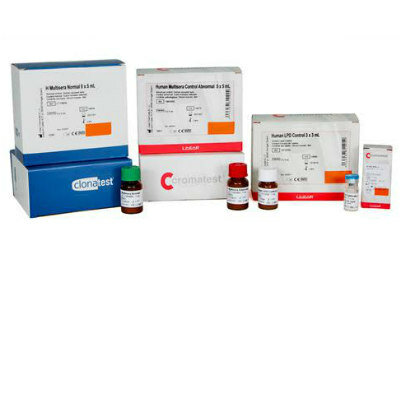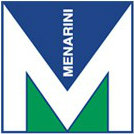Butterfly Wings-Inspired Imaging Technique Enables Faster Cancer Diagnosis
Posted on 24 Feb 2025
Fibrosis, which refers to the accumulation of fibrous tissue, is a significant characteristic of various diseases, including neurodegenerative conditions, heart disease, and cancer. In oncology, determining the extent of fibrosis in a biopsy can help assess whether a cancer is in its early or advanced stages. However, distinguishing between these stages using current clinical methods is a significant challenge. These methods typically involve staining tissues to highlight key structures in a tumor biopsy, but the results can be subjective—interpretations may vary between pathologists. While more advanced imaging techniques can provide more detailed insights, they often require expensive, specialized equipment that is not available in many clinics. Now, researchers have discovered an unexpected ally in the effort to make cancer diagnosis faster, more accurate, and more accessible worldwide: the Morpho butterfly.
Renowned for its vibrant blue wings, the Morpho butterfly’s brilliance is not due to pigments but to microscopic structures that manipulate light. Researchers at the University of California San Diego (La Jolla, CA, USA) are utilizing these same microstructures to gain detailed insights into the fibrous composition of cancer biopsy samples—without the need for chemical stains or costly imaging systems. In a study published in Advanced Materials, the team demonstrated that by placing a biopsy sample atop a Morpho butterfly wing and observing it under a standard microscope, they could determine whether the tumor’s structure suggests early- or late-stage cancer—without relying on staining or expensive imaging devices. The micro- and nanostructures of the wing interact strongly with polarized light, a type of light that moves in a specific direction. Collagen fibers, which are a vital component of fibrotic tissue, also respond to polarized light, though their signals are weak. By positioning a biopsy sample over a section of a Morpho butterfly wing, the researchers amplified these weak signals, making it easier to examine the density and arrangement of collagen fibers.

The amplified signals can then be interpreted to quantify the density and organization of the collagen fibers in the sample. To achieve this, the researchers developed a mathematical model based on Jones calculus, a technique used to analyze polarized light. The model correlates the intensity of the light with the density and structure of collagen fibers, providing a measurable indicator of fibrosis in the tissue. The researchers applied this method to analyze both collagen-dense and collagen-sparse human breast cancer biopsy samples. Their findings were comparable to conventional staining techniques and a high-cost advanced imaging method. Importantly, this technique can be performed with standard optical microscopes that are already available in most clinics. Additionally, it is more objective and quantitative than existing methods. Although this study focused on breast cancer, the researchers believe this approach could be extended to other fibrotic diseases as well.
“Essentially, we’re trying to expand on these procedures with a stain-free alternative that requires nothing more than a standard optical microscope and a piece of a Morpho wing,” said Paula Kirya, a mechanical engineering graduate student at UC San Diego and the study’s first author. “In many parts of the world, early cancer screening is a challenge because of resource limitations. If we can provide a simpler and more accessible tool, we can help more patients get diagnosed before their cancers reach aggressive stages.”














